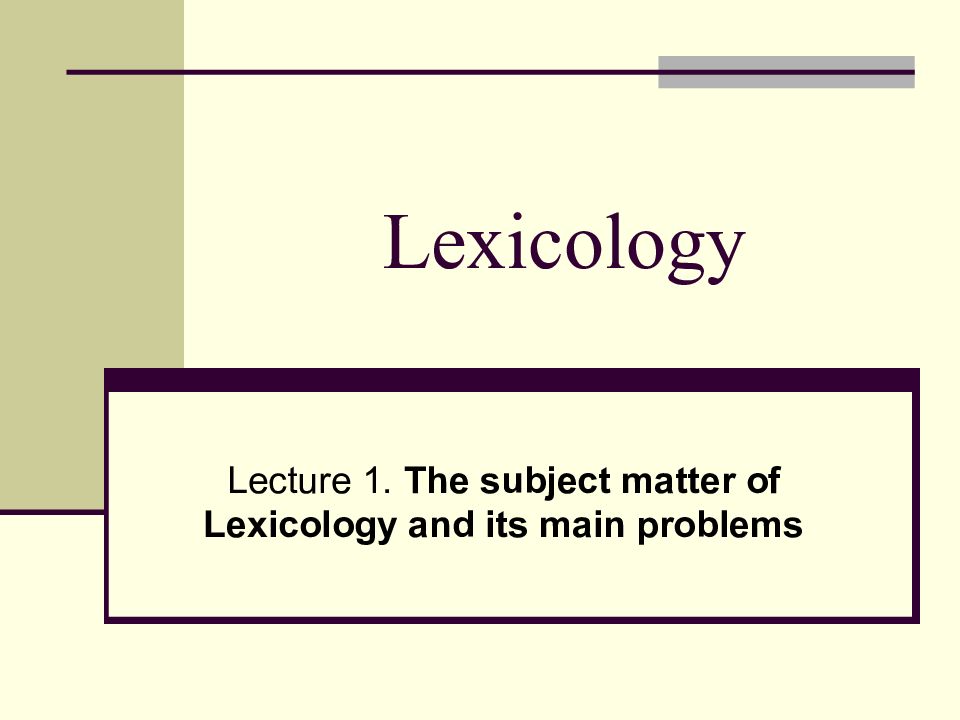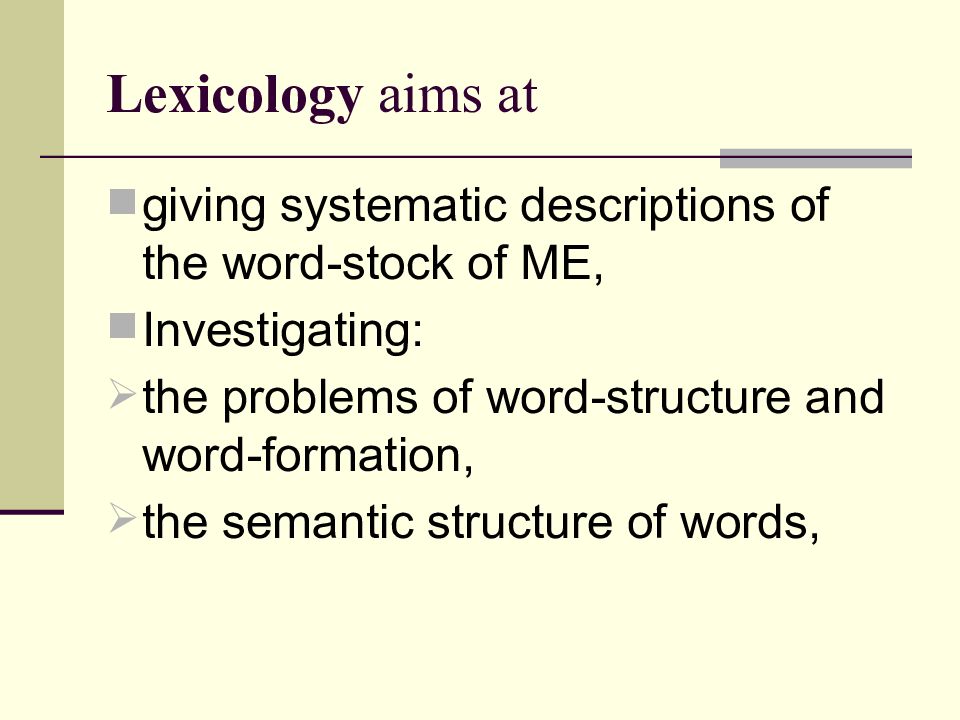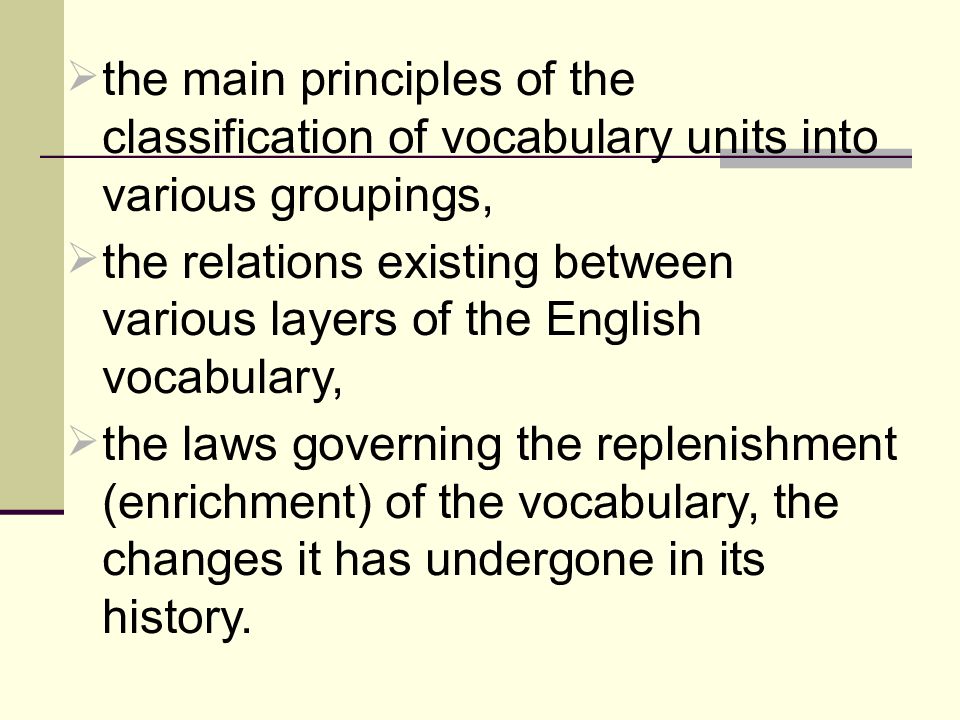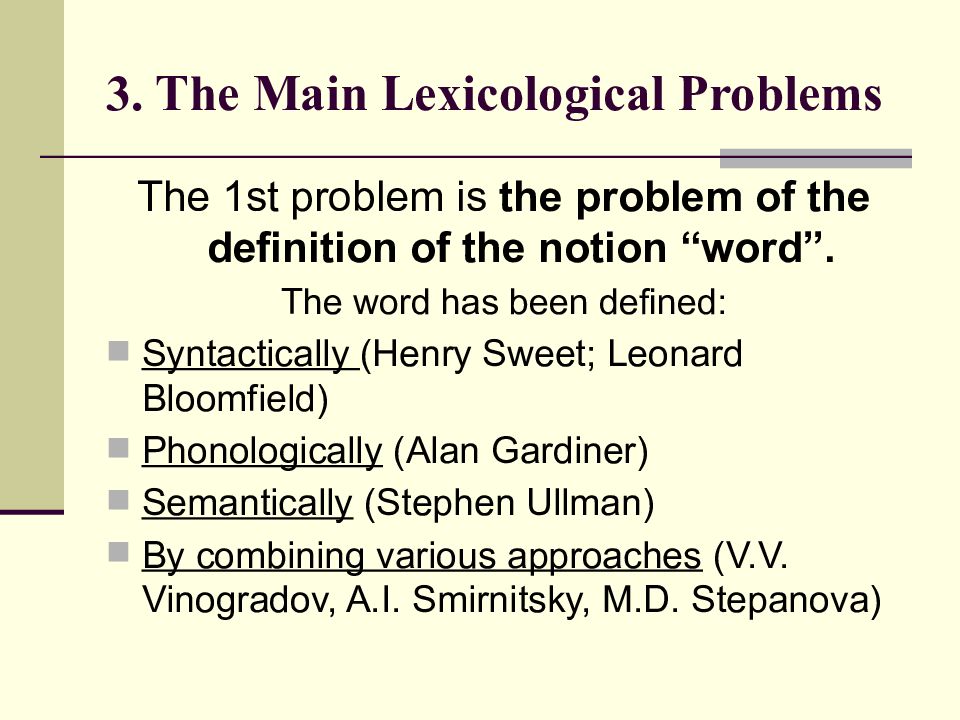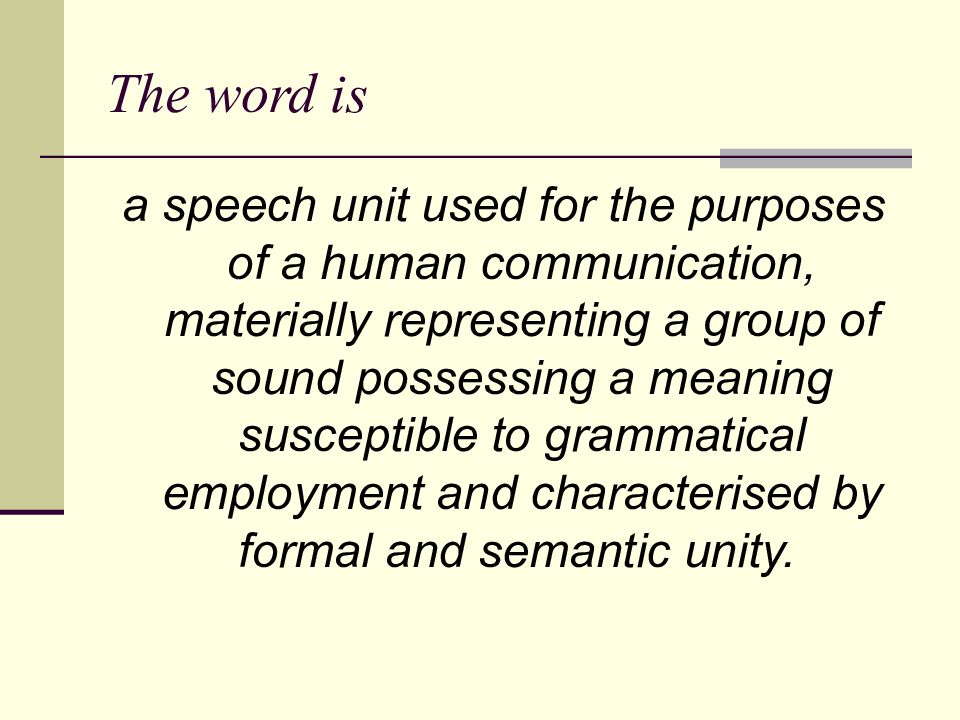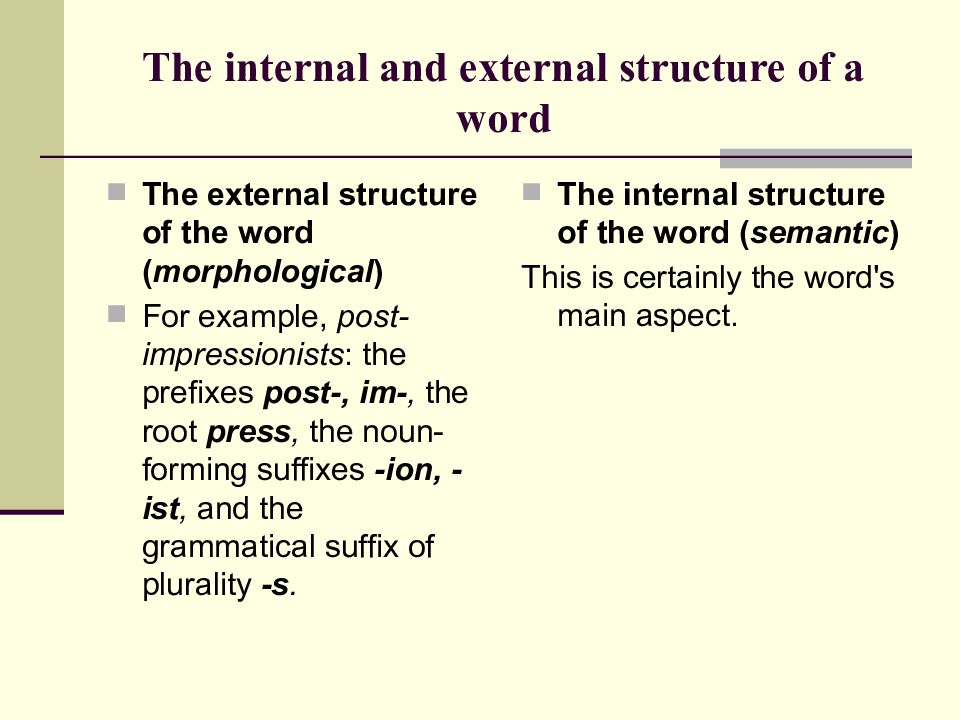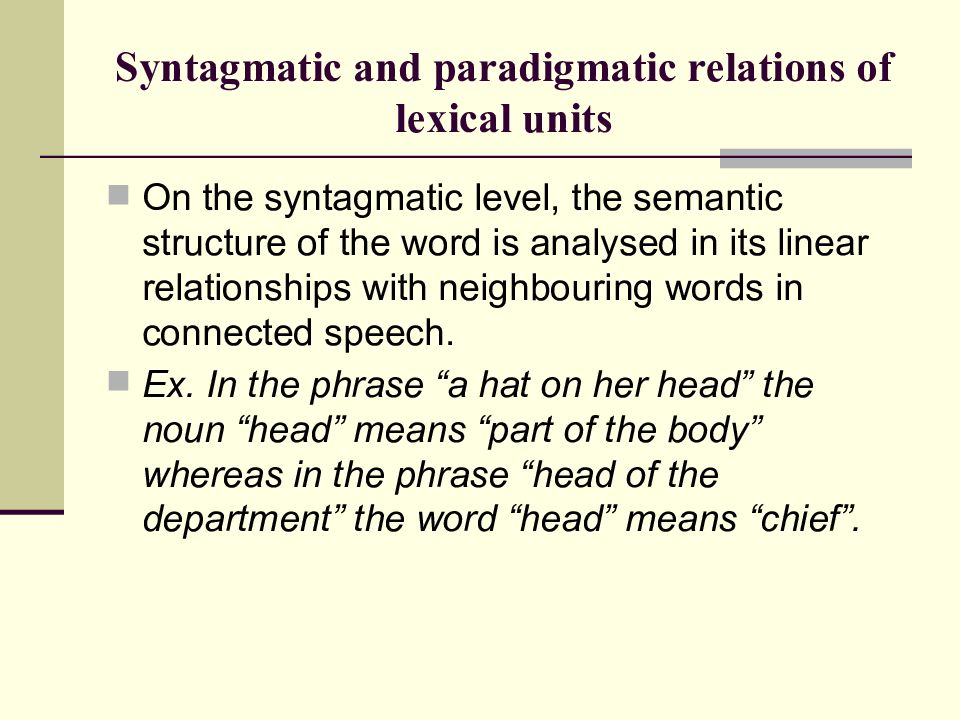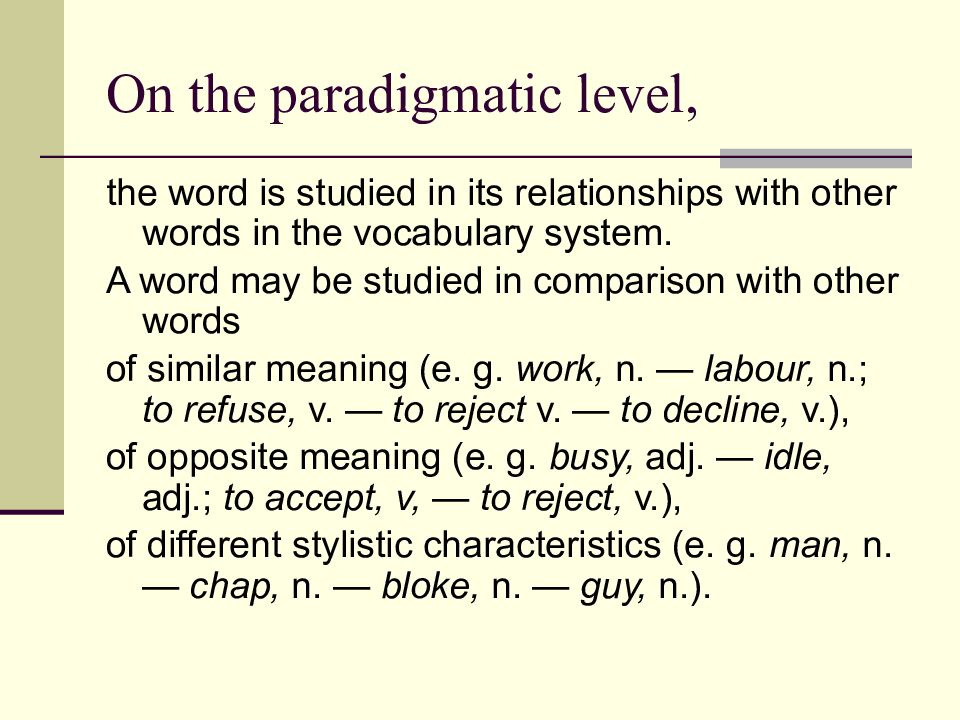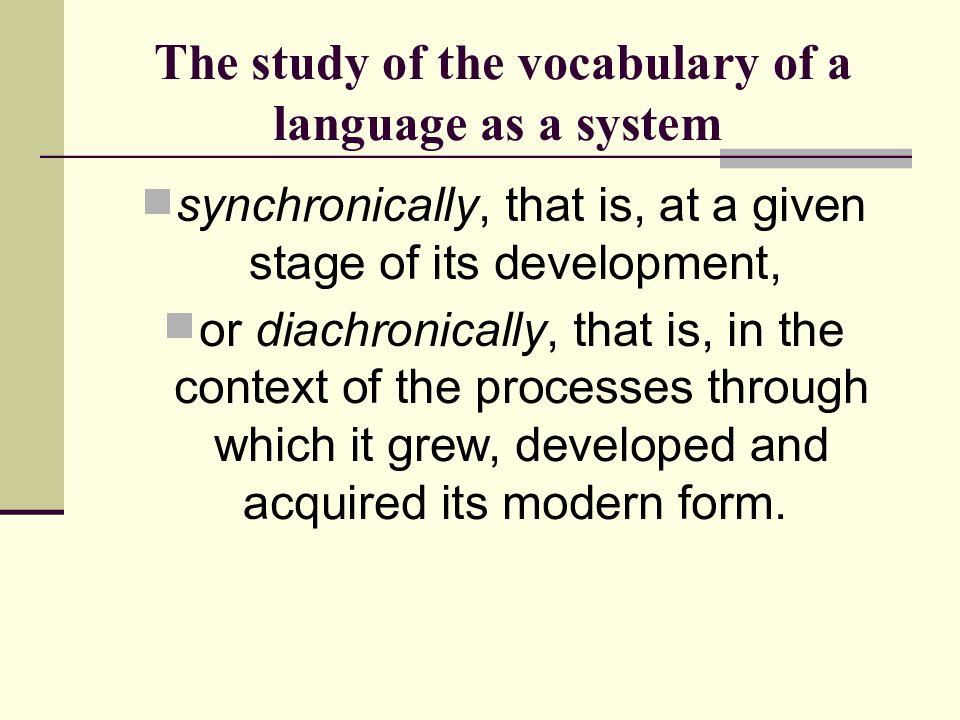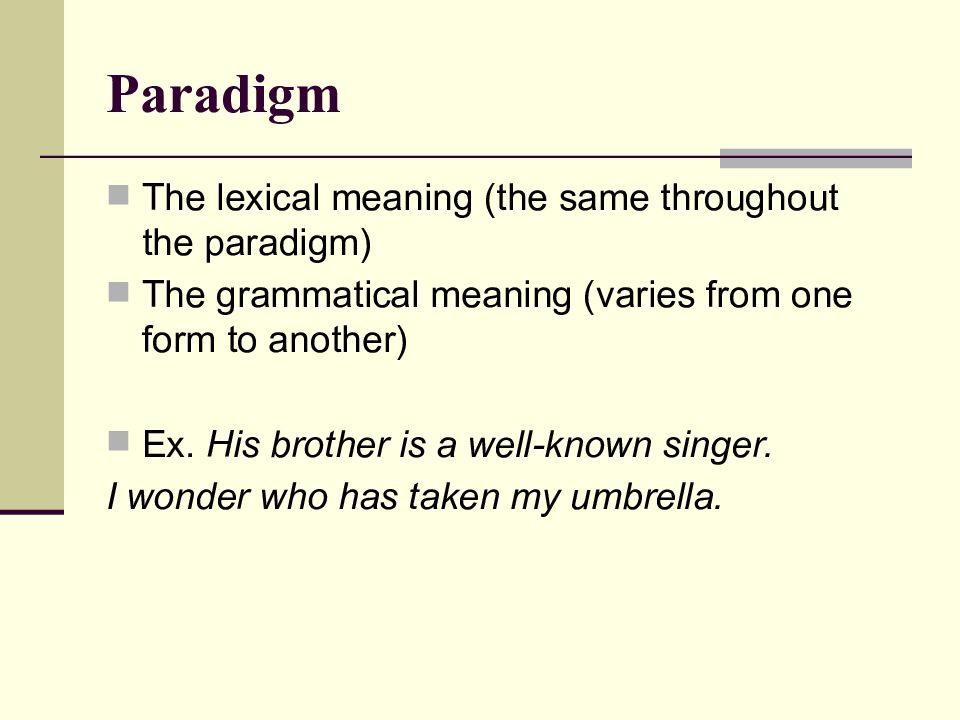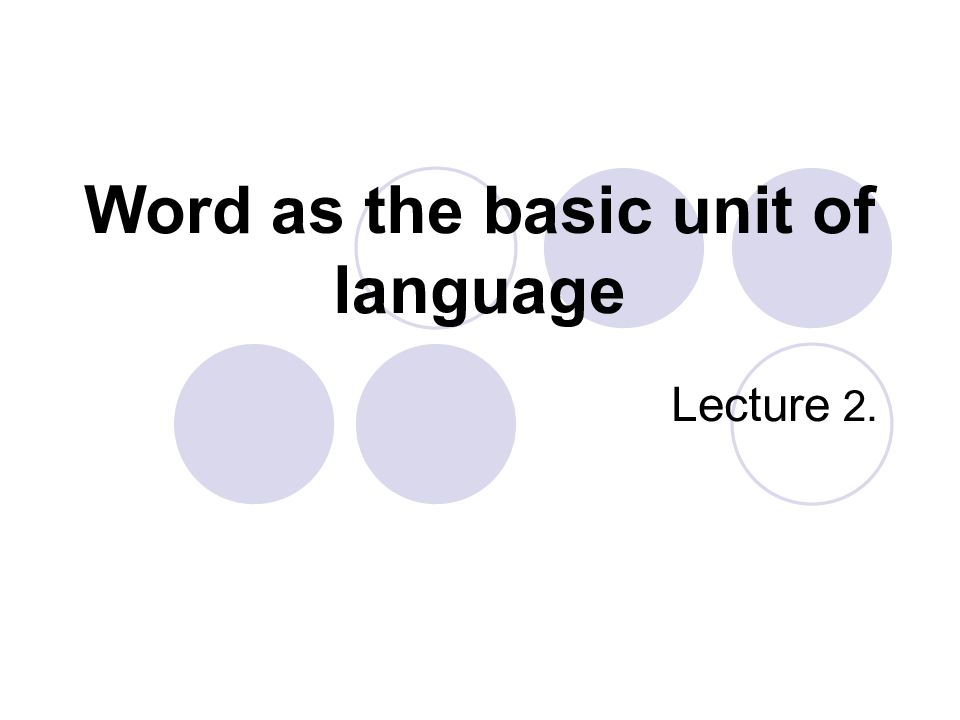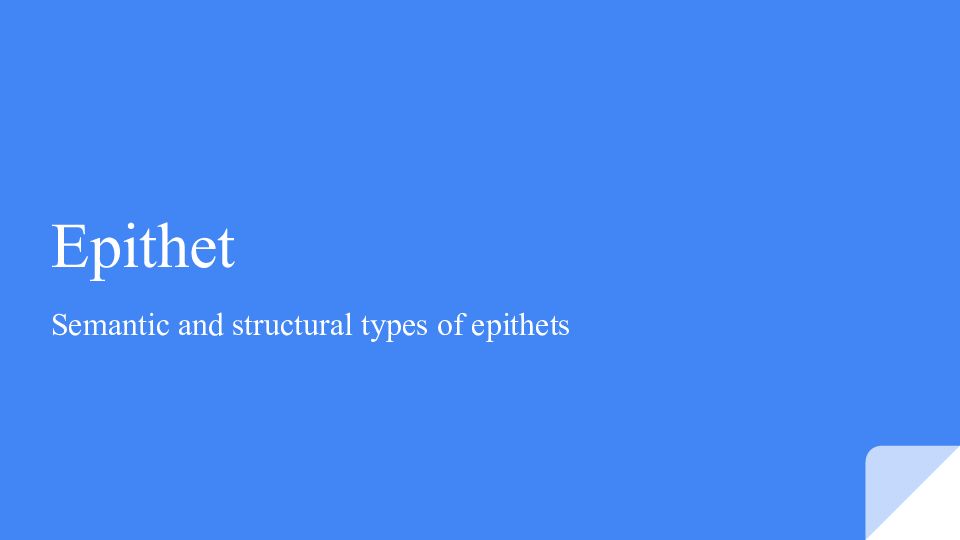Первый слайд презентации: Lexicology
Lecture 1. The subject matter of Lexicology and its main problems
Слайд 2: Outline of the lecture:
1. Lexicology as a linguistic science. 2. Branches of lexicology 3. The Main Lexicological Problems
Слайд 3: Lexicology aims at
giving systematic descriptions of the word-stock of ME, Investigating: the problems of word-structure and word-formation, the semantic structure of words,
Слайд 4
the main principles of the classification of vocabulary units into various groupings, the relations existing between various layers of the English vocabulary, the laws governing the replenishment (enrichment) of the vocabulary, the changes it has undergone in its history.
Слайд 5: 2. Branches of lexicology
general lexicology special lexicology contrastive lexicology historical lexicology (or etymology) descriptive lexicology
Слайд 6: 3. The Main Lexicological Problems
The 1st problem is the problem of the definition of the notion “word”. The word has been defined: Syntactically (Henry Sweet ; Leonard Bloomfield) Phonologically (Alan Gardiner) Semantically (Stephen Ullman) By combining various approaches ( V.V. Vinogradov, A.I. Smirnitsky, M.D. Stepanova )
Слайд 7: The word is
a speech unit used for the purposes of a human communication, materially representing a group of sound possessing a meaning susceptible to grammatical employment and characterised by formal and semantic unity.
Слайд 8: The internal and external structure of a word
The external structure of the word ( morphological ) For example, post-impressionists : the prefixes post-, im-, the root press, the noun-forming suffixes -ion, -ist, and the grammatical suffix of plurality -s. The internal structure of the word ( semantic ) This is certainly the word's main aspect.
Слайд 9: Syntagmatic and paradigmatic relations of lexical units
On the syntagmatic level, the semantic structure of the word is analysed in its linear relationships with neighbouring words in connected speech. Ex. In the phrase “a hat on her head” the noun “head” means “part of the body” whereas in the phrase “head of the department” the word “head” means “chief”.
Слайд 10: On the paradigmatic level,
the word is studied in its relationships with other words in the vocabulary system. A word may be studied in comparison with other words of similar meaning (e. g. work, n. — labour, n.; to refuse, v. — to reject v. — to decline, v.), of opposite meaning (e. g. busy, adj. — idle, adj.; to accept, v, — to reject, v.), of different stylistic characteristics (e. g. man, n. — chap, n. — bloke, n. — guy, n.).
Слайд 11: The study of the vocabulary of a language as a system
synchronically, that is, at a given stage of its development, or diachronically, that is, in the context of the processes through which it grew, developed and acquired its modern form.
